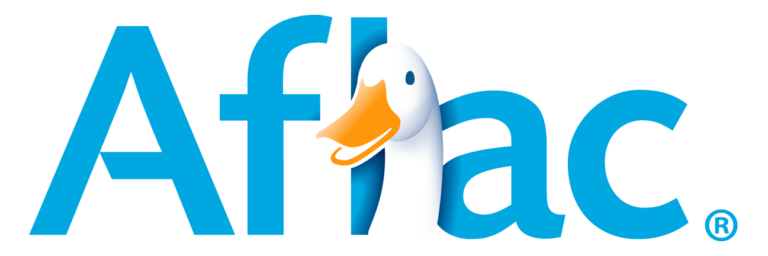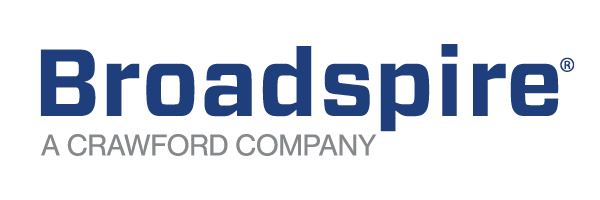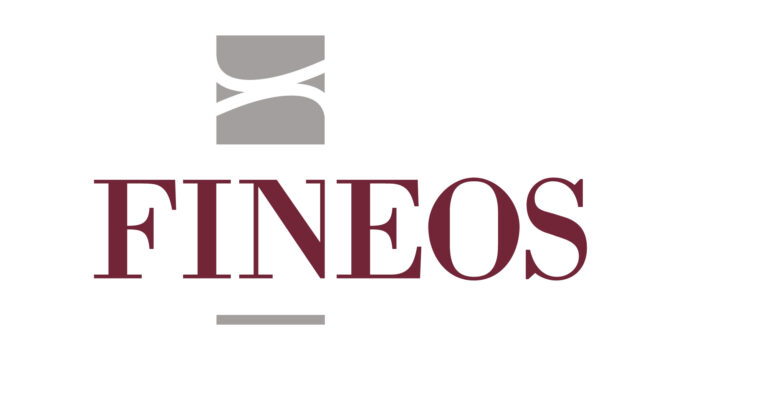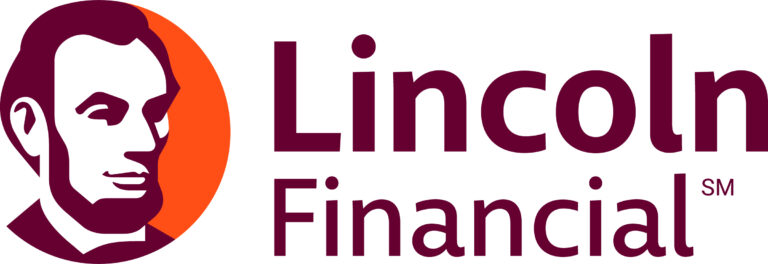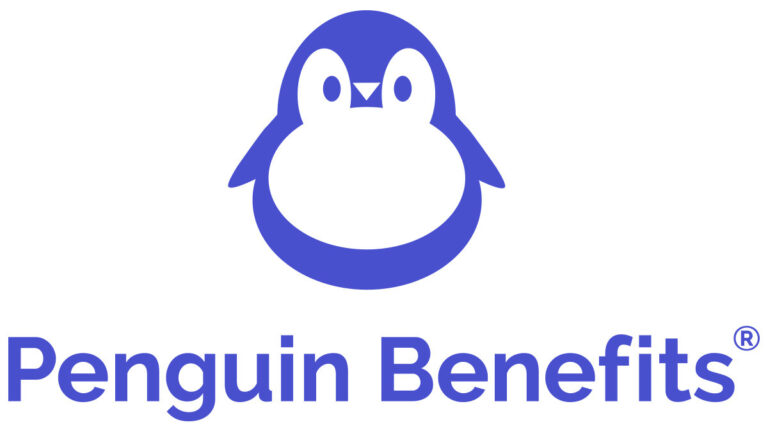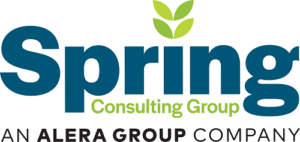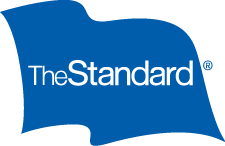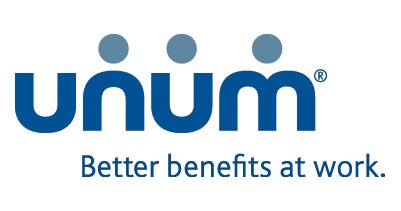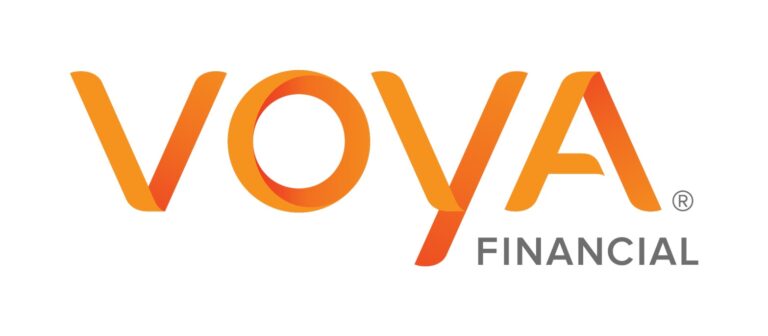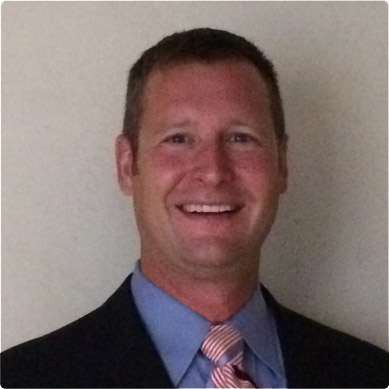In addition to complying with hundreds of leave laws, employers must support employees more holistically to attract and retain top talent. But how? Hear insights from the 2024 DMEC Annual Conference from Bryon Bass, CLMS, DMEC CEO; Kristin Jones, CLMS, DMEC director of education programs; and Jess Dudley, CLMS, DMEC education manager!
Listen in and register for the 2024 Virtual Annual Conference on Sept. 18 for five of the top-rated sessions and a pre-recorded panel about lessons learned from the Colorado and Connecticut paid family leave implementation: https://dmec.org/conferences-and-events/annual-conference/virtual-event/
Transcript
[:[:[:[:[:[:[:[:[:[:[:[:[:[:[:[:[:[:[:[:[:[:[:[:[:[:[:[:[:[:[:[:[:

